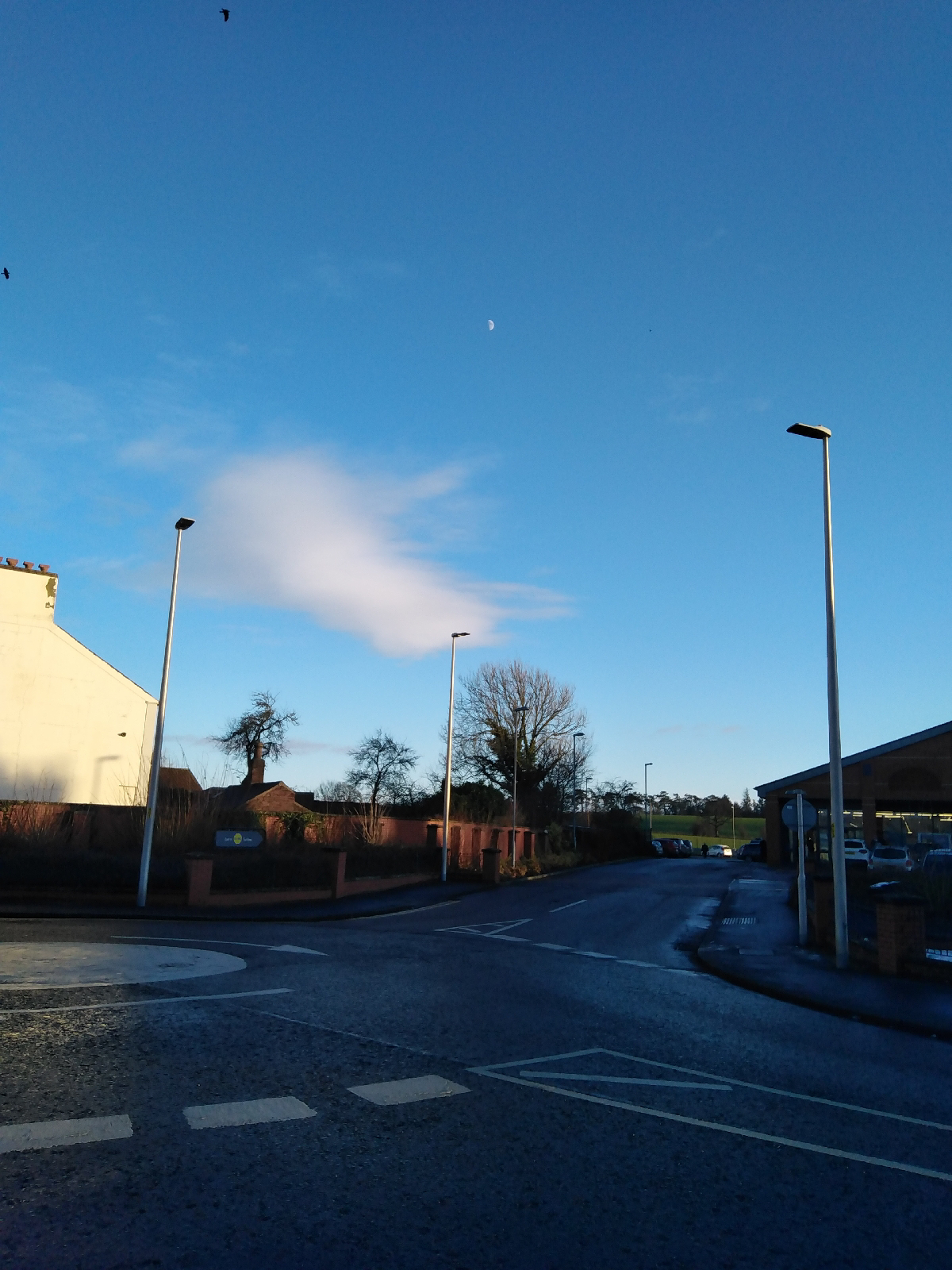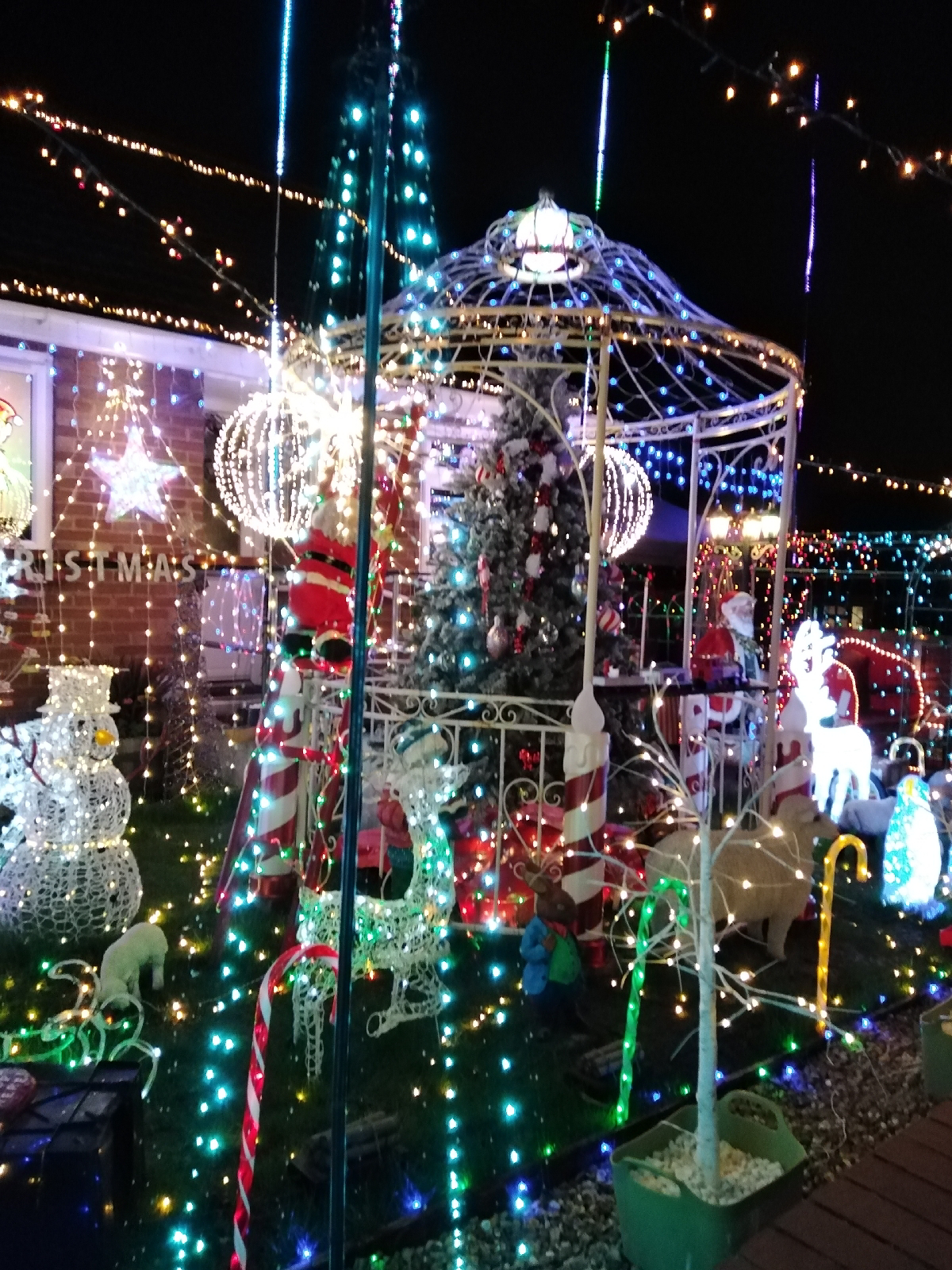There was plenty of snow here yesterday and slush on some roads out of town even this morning which could have caused problems with a forecast of freezing temperatures.
But where the dark colour of the roads has been exposed, thermal energy is more easily absorbed. We say that the road has a low albedo because it is a good absorber. The thermal energy helps to evaporate the standing water, drying the roads and hopefully keeping us free from ice in the coming freeze.










